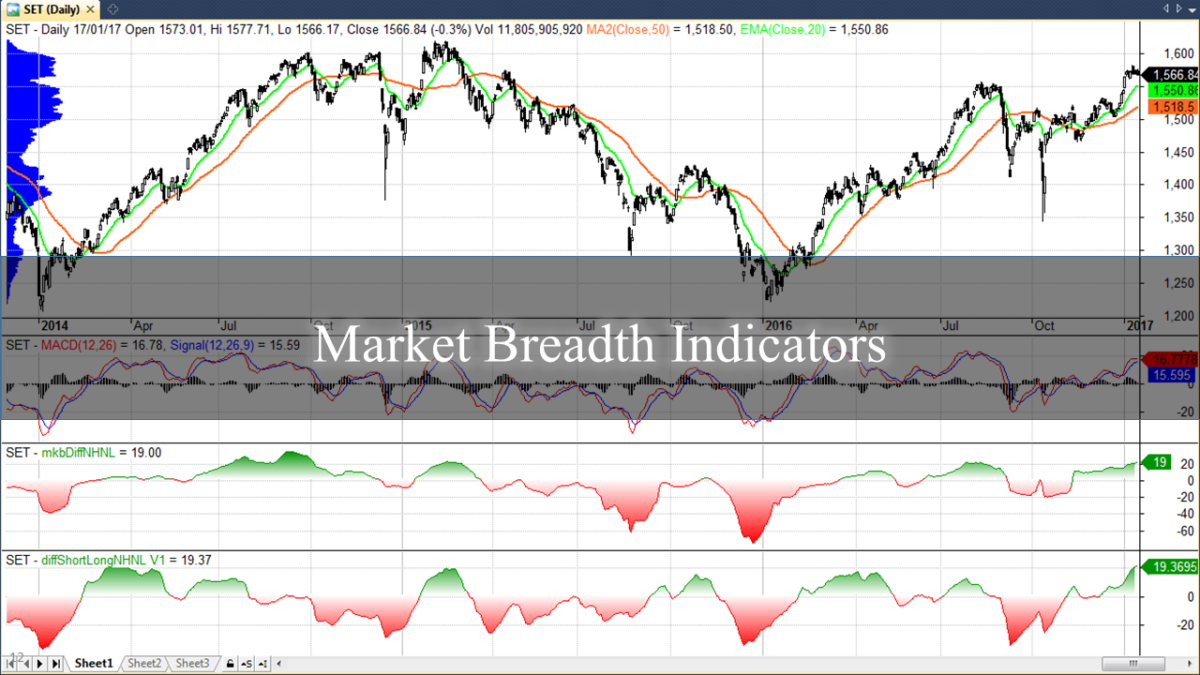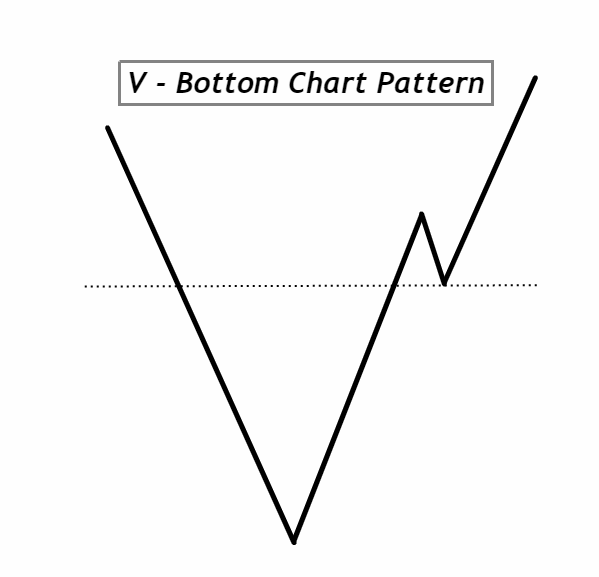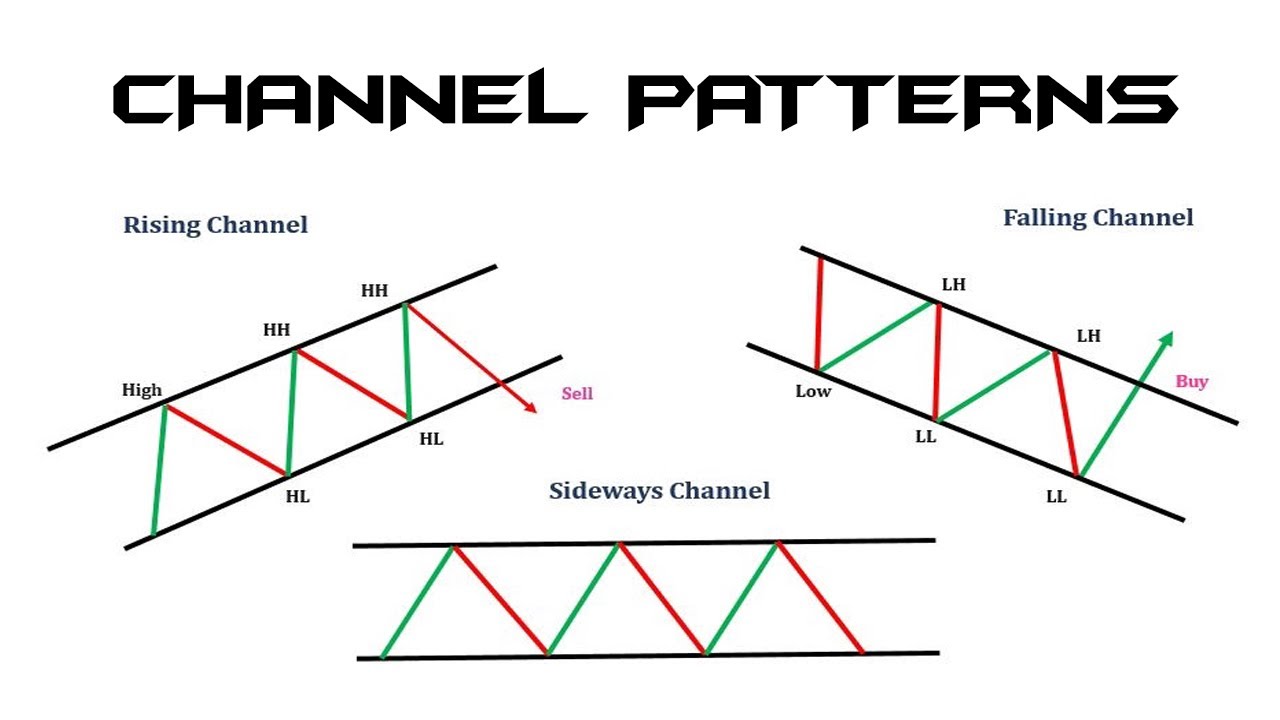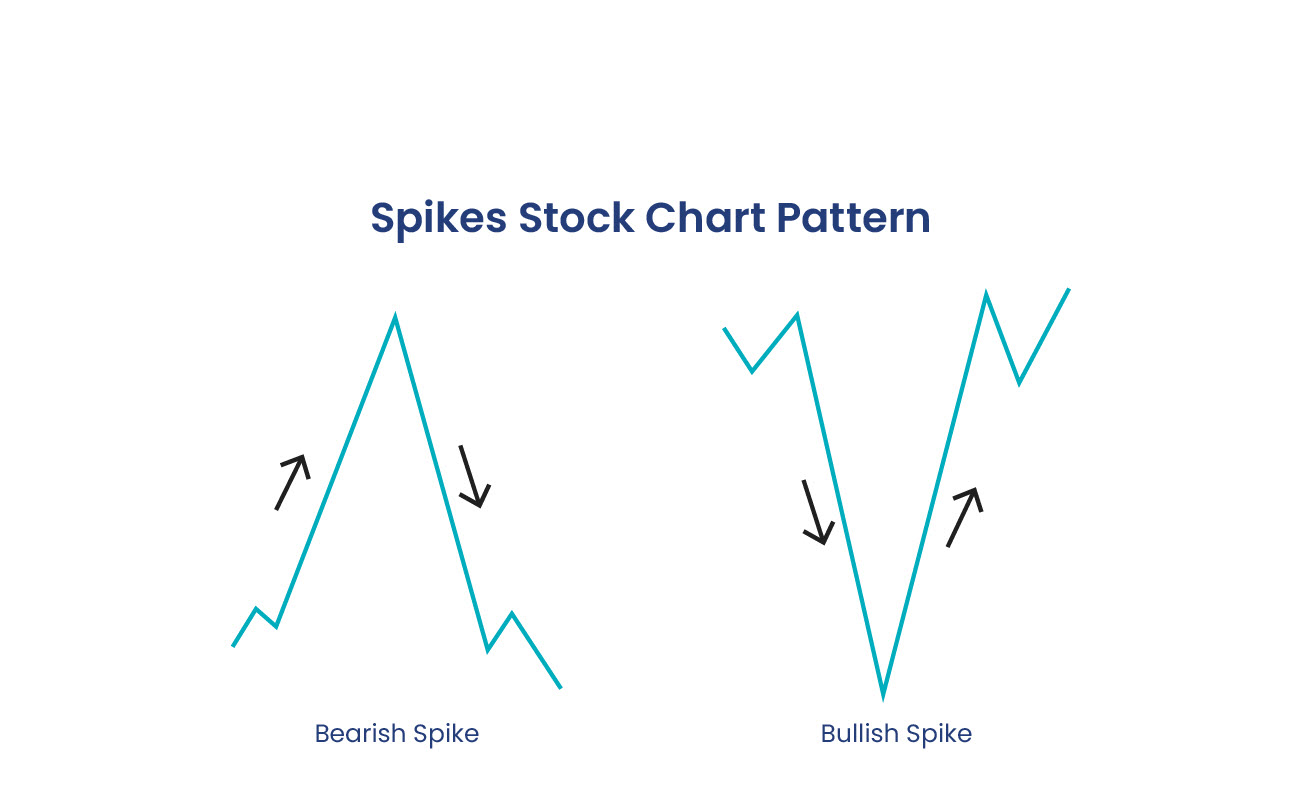
VIX – Volatility Index
The VIX, often referred to as the “Volatility Index,” is a measure of market expectations for volatility over the next 30 days. Created and maintained by the Chicago Board Options Exchange (CBOE), the VIX is a widely recognized indicator of investor sentiment and market risk. It is often called the “fear gauge” or “Fear Index” because it reflects the market’s expectations for future volatility based on options prices. A high VIX value indicates higher expected volatility and uncertainty in the market, while a low VIX value suggests lower expected volatility and a more stable market environment.
What is the VIX?
The VIX is derived from the prices of options on the S&P 500 Index (SPX). Specifically, it is calculated using the implied volatilities of a range of SPX options with different strike prices and expiration dates. Implied volatility is a metric that reflects the market’s forecast of the likelihood of changes in a stock’s price. By aggregating the prices of these options, the VIX provides a snapshot of market expectations for short-term volatility.
The VIX is expressed as an annualized percentage, and its value fluctuates in response to changes in investor sentiment and market conditions. When the stock market is experiencing significant turbulence or uncertainty, the VIX tends to rise as investors anticipate greater price swings. Conversely, during periods of market stability, the VIX usually falls.
When to Use the VIX?
The VIX is a versatile tool that can be used in various ways, depending on the investor’s goals and market conditions:
- Measuring Market Sentiment: The VIX is commonly used to gauge investor sentiment and market mood. A rising VIX indicates increased fear or uncertainty among investors, while a falling VIX suggests a more confident or complacent market. This information can help investors understand the current market climate and make informed decisions.
- Assessing Market Risk: Investors use the VIX to assess the level of risk in the market. A high VIX value signals elevated expectations of future volatility, which can be a sign of increased market risk. This can prompt investors to adjust their portfolios to mitigate potential losses or seek safer investment alternatives.
- Portfolio Hedging: The VIX is often used as a hedge against market downturns. Investors may use VIX-related financial instruments, such as VIX futures or options, to protect their portfolios from potential declines. By taking positions that benefit from rising volatility, investors can offset losses in their equity holdings during periods of market stress.
- Trading Volatility: For traders and speculators, the VIX offers opportunities to profit from changes in market volatility. VIX-related products, such as ETFs and ETNs, allow traders to take positions based on their expectations for future volatility. This can be particularly useful for short-term trading strategies or for capitalizing on anticipated market moves.
- Market Timing: The VIX can be used as a tool for market timing. A sharp increase in the VIX may indicate that the market is at or near a point of maximum pessimism, potentially signaling a buying opportunity. Conversely, a low VIX could suggest that the market is complacent and may be due for a correction.
- Investment Strategy Adjustment: Investors and portfolio managers use the VIX to adjust their investment strategies based on anticipated market conditions. For example, a rising VIX might lead investors to reduce their exposure to equities or increase their allocation to defensive assets, such as bonds or gold.
Why Use the VIX?
The VIX offers several key benefits to investors and traders, making it a valuable tool for navigating the financial markets:
- Real-Time Volatility Measure: The VIX provides a real-time measure of market expectations for volatility, allowing investors to gauge how much uncertainty or risk is priced into the market. This can be particularly useful during periods of market turmoil or uncertainty.
- Insight into Investor Behavior: As a reflection of investor sentiment, the VIX can offer insights into market psychology. By analyzing changes in the VIX, investors can gain a better understanding of how market participants are reacting to economic events, news, and other factors.
- Risk Management: The VIX is a valuable tool for managing risk. By monitoring changes in the VIX, investors can make more informed decisions about their asset allocation and risk exposure. It can also be used to implement hedging strategies that protect against potential market declines.
- Volatility Trading Opportunities: For traders who specialize in volatility, the VIX provides opportunities to profit from fluctuations in market volatility. Various financial instruments linked to the VIX allow traders to take positions based on their volatility outlook, offering potential returns in both rising and falling markets.
- Benchmark for Volatility Products: The VIX serves as a benchmark for a range of volatility-based financial products, including ETFs, options, and futures. These products provide investors with ways to gain exposure to or hedge against volatility, making it easier to incorporate volatility strategies into their investment plans.
- Historical Context: By examining historical VIX data, investors can gain perspective on past market conditions and volatility trends. This historical context can help investors better understand current market dynamics and make more informed decisions.
Why Invest in the VIX?
Investing in the VIX or VIX-related products can be advantageous for several reasons:
- Protection Against Market Declines: The VIX often rises during market declines, making it a useful tool for hedging against potential losses. Investors can use VIX-related instruments to protect their portfolios during periods of heightened market risk.
- Diversification: Including VIX-related products in a portfolio can provide diversification benefits, particularly for investors who are heavily exposed to equities. The VIX can behave differently from traditional asset classes, offering a potential hedge against stock market volatility.
- Opportunities for Profit: For traders and investors who anticipate changes in market volatility, the VIX offers opportunities to profit from fluctuations in volatility. VIX futures, options, and ETFs provide various ways to capitalize on changes in market conditions.
- Strategic Asset Allocation: The VIX can be used as part of a broader asset allocation strategy. By incorporating VIX-related products, investors can better manage risk and adjust their portfolios based on their volatility outlook and market expectations.
Conclusion
The VIX is a crucial tool for understanding and managing market volatility. By providing a real-time measure of investor expectations for future volatility, the VIX helps investors and traders make informed decisions about market risk, portfolio management, and trading strategies. Whether used for hedging, volatility trading, or market analysis, the VIX offers valuable insights into market conditions and investor sentiment, making it an essential component of modern investment strategies.






